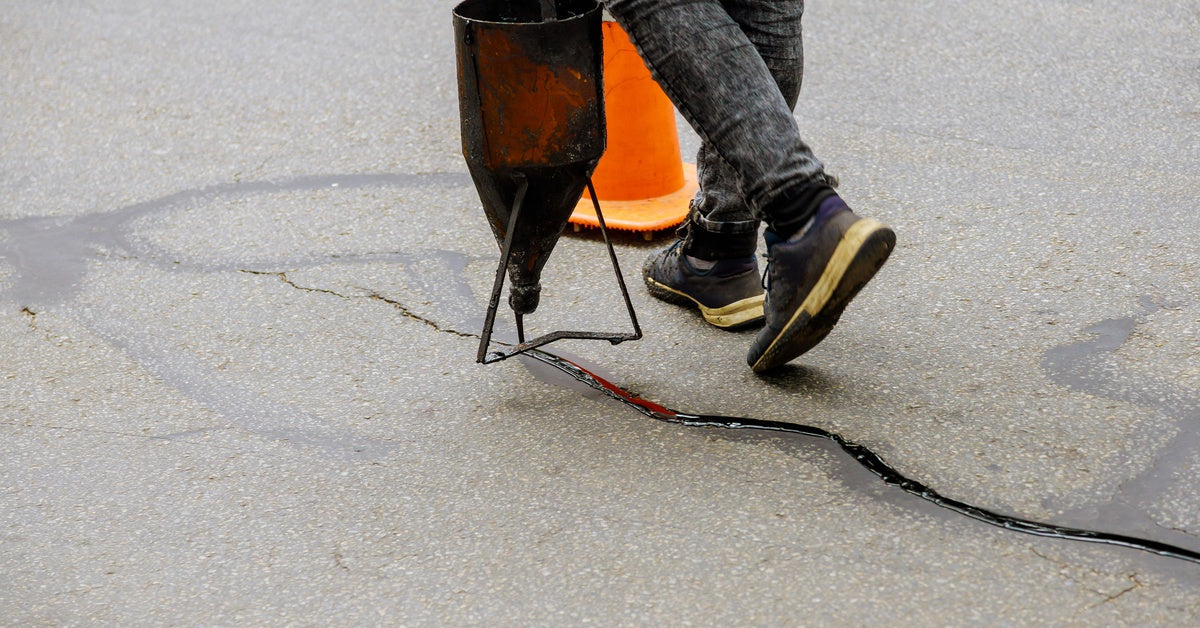June 30, 2025

Asphalt cracks are inevitable, but addressing them at the right time can make all the difference in preserving the pavement’s longevity and appearance. Timing is critical, as the effectiveness of crack sealing depends heavily on the surrounding temperature and conditions. Understanding when to perform this crucial maintenance task can save you time, money, and frustration later.
Temperature fluctuations can significantly impact the success of crack sealing. When you apply sealant under extreme conditions, it may not work and can compromise the durability and quality of your pavement.
At night, temperatures can plummet, and uneven cooling negatively affects the adhesion process. Sunlight and warm daytime temperatures ensure the sealant fully cures, creating a reliable, effective repair. Coordinate your work schedule to take advantage of these ideal daytime conditions.
During the winter, temperatures often drop below the recommended range for most sealants, so the product will struggle to properly adhere to the pavement. Additionally, cracks tend to shrink in the cold, causing the filler to bond insufficiently. This can lead to premature failure and leave you back at square one once the weather warms up.
For optimal results, wait until temperatures consistently rise above 50 degrees, ensuring ideal conditions for sealing.
If you wait until the peak heat of summer, the pavement becomes softer, making it difficult for sealant to set correctly. High temperatures also risk overheating the materials, further complicating your work. Aim to perform crack sealing during the late spring or early fall when mild weather offers the perfect balance for achieving lasting results.
The best time for crack sealing your asphalt pavement is before the damage has gone too far. With proactive maintenance, your repairs will last longer, reducing the need for frequent fixes. Don’t wait to patch cracks until they’ve worsened and allowed moisture to seep beneath your asphalt surface. Water infiltration causes extensive damage, making repairs far more expensive.
Equip yourself with the right tools to get the job done efficiently, including high-quality asphalt crack filling equipment, at NAC Supply. Check out our selection today, and make the smart choice for your pavement’s future. Now that you know the best time for crack sealing your asphalt pavement, it’s time to put your plan into motion.
Comments will be approved before showing up.
October 08, 2025
October 02, 2025
Asphalt crack repairs can be a meticulous process. One step you don’t want to skip is routing, as this provides many benefits to sealed cracks.
September 23, 2025